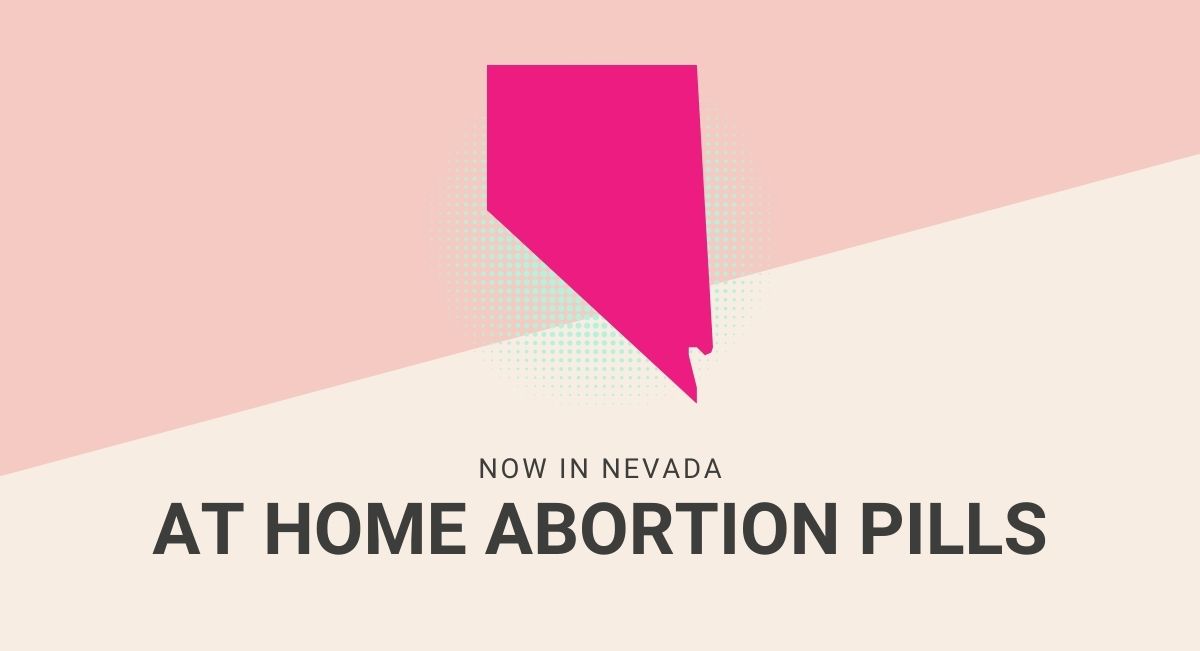
Get Abortion Pills Online in Nevada
carafem has officially launched medically supported at home abortion care in Nevada. If you have a Nevada mailing address, you are now eligible for safe, effective abortion care online.
Online Abortion Care
You can now determine your eligibility in Nevada for at home abortion care with an immediate evaluation, available 24/7.
- No video visit or office visit required
- Discreetly delivered in 1-4 business days once prescribed
- Free shipping (unless expedited shipping is selected)
- 24/7 text support from medical experts
- Video visits available. Call to schedule.
- From $0 – $225 sliding scale fees depending on eligibility
How it Works
Complete our immediate evaluation form online. Once prescribed, we will mail your abortion pills to be delivered discreetly within 1-4 business days. Then, all you have to do is follow the included instructions and follow-up with your care team.
Determine your eligibility online.
Complete your evaluation and followup with providers.
Medication arrives on your doorstep in 1-4 business days.
Follow instructions and follow-up with your care team.
Highest Rated Online Abortion Pill Care

When you choose carafem for online abortion pill care, you are choosing the most supportive abortion care experience from start to finish. You receive full medical support 24/7 throughout the entire process, and you can text any time to get your questions answered. It’s no wonder why carafem was named the “most comprehensive” online abortion pill provider by Verywell Health, and the “most user friendly” online abortion pill provider by Health.com.
Meet Cara: Your Virtual Care Assistant

Your virtual assistant will accompany you every step of the way. From making sure you receive your medication, throughout each step of your abortion process to your follow up visit, we’ve got you covered with 24/7 care. You’ll receive step by step instructions, automatic reminders, and periodic check-ins to see how things are going. It’s simply the most supportive option available for at home abortion care.
Online Abortion Pill Cost in Nevada
Costs for abortion pills online in Nevada range between $0-225. Depending on where you live and your income, you may qualify for 50-100% off with financial assistance. We are unable to accept insurance or Medicaid for abortion pills by mail at this time. You’ll have a chance to discuss all of your options and decide what’s best for you with a healthcare professional during your online abortion care.
Read the Reviews
Quick, discreet, and supportive
Valuable how quick it could get to you. The box it comes in is discreet and comes with things you’ll need during your process. You get communication with them, so if you have any questions or concerns, they’re there to help you.
Easy and caring service
I love that it was so easy to receive & the shipping was fast. The package is more than just the medication, it’s a care package and I appreciated that a lot. The communication was great as well.
Took away my stress
The support was nice and how quickly everything got to me. It was very easy and it made the stressful situation a lot more bearable. Thank you.
Leave a Review




